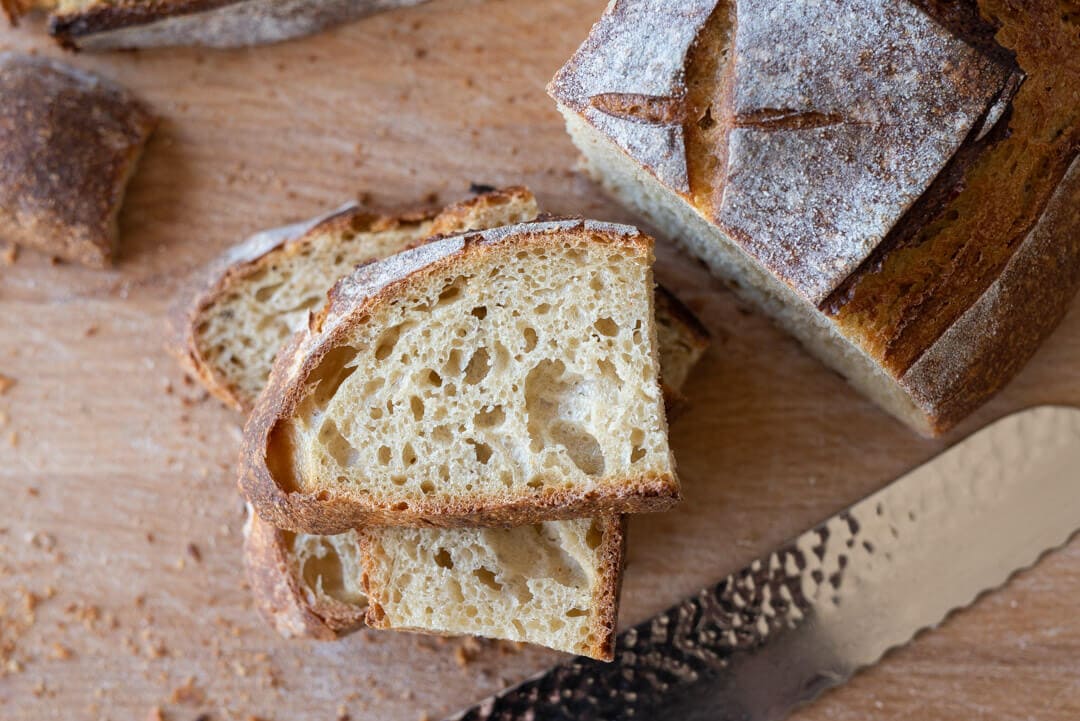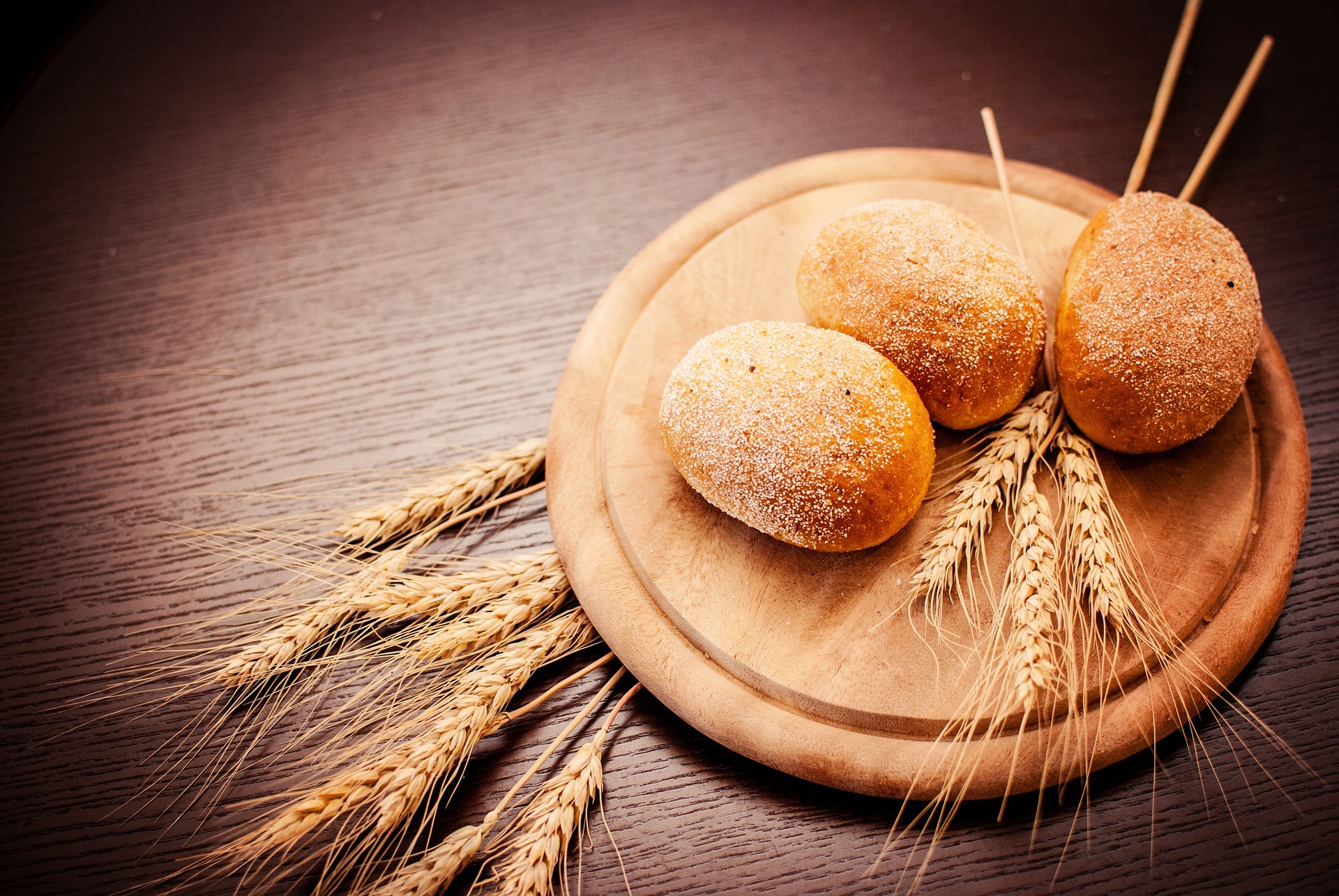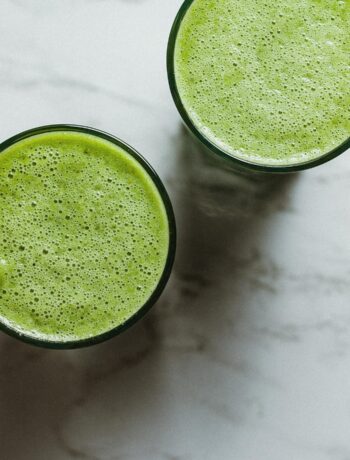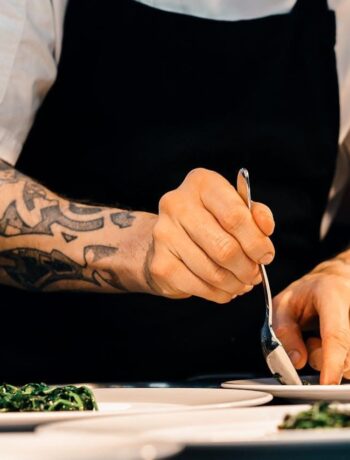Imagine diving into a world where baking is not just about creating something delicious but also about embracing a piece of history. This is precisely what happens when you start baking with Einkorn flour. As one of the oldest varieties of wheat, Einkorn offers a unique combination of flavor, nutrition and history that modern wheat simply can’t match.
When baking with Earth’s first wheat, there are a few key tips to keep in mind. First of all, it has a higher protein content but a different type of gluten compared to modern wheat, which can make the dough feel sticky and may require some adjustments in recipes.
To achieve the best results, it’s recommended that you hydrate the dough more gradually and avoid overworking it. Keep in mind that because of its unique properties, Einkorn flour might not be a direct 1:1 substitute in recipes designed for modern wheat flour, so some experimentation might be necessary.
The resurgence of interest in this ancient grain has sparked curiosity among culinary enthusiasts, leading to the creation of more Einkorn products and pushing the boundaries of traditional baking. Whether you’re a seasoned baker or just getting started, this flour provides an exciting twist to your baking adventures.
If you are looking to dive into baking with Einkorn, here are a couple of recipes to get you started:
Einkorn Bread
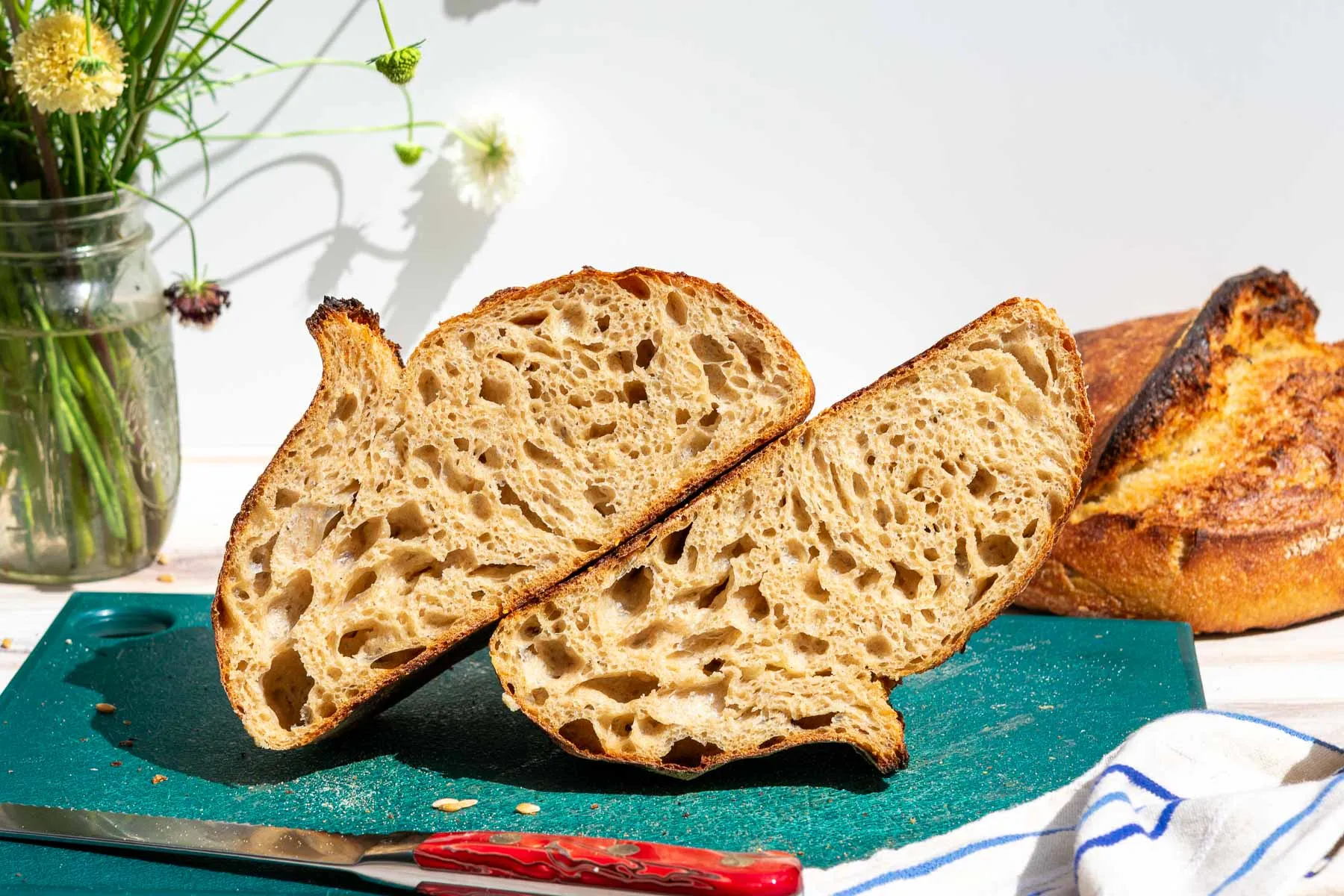
Source: sourdoughbrandon.com
- 3 cups Einkorn flour
- 1 1/4 cups lukewarm water
- 2 teaspoons honey
- 1 teaspoon salt
- 2 teaspoons active dry yeast
Mix the yeast, honey and water and let it sit for a few minutes until foamy. Combine the flour and salt in a separate bowl. Gradually mix the yeast mixture into the flour until well incorporated. Knead lightly, shape it into a loaf and let it rise until doubled. Bake in a preheated 375°F (190°C) oven for about 35-40 minutes or until the crust is golden brown.
Einkorn Cookies
- 1 cup Einkorn flour
- 1/2 teaspoon baking soda
- 1/4 teaspoon salt
- 1/2 cup unsalted butter, softened
- 1/2 cup brown sugar
- 1 large egg
- 1 teaspoon vanilla extract
- 1/2 cup chocolate chips (optional)
In a bowl, whisk together the flour, baking soda and salt. In another bowl, cream the butter and sugar until fluffy before beating in the egg and vanilla. Combine the dry and wet ingredients, mix until just combined and fold in the chocolate chips if using. Drop spoonfuls of the cookie dough onto a baking sheet and bake at 350°F (175°C) for 8-10 minutes or until they’re lightly browned.
Baking with this fresh-milled flour is not just about following recipes—it’s also about discovering and adapting to the characteristics of this ancient grain. With patience and practice, you’ll soon develop a sense of how this flour reacts to different baking techniques and will be able to create your own delicious, home-baked masterpieces.
Understanding the Unique Qualities of Einkorn Flour
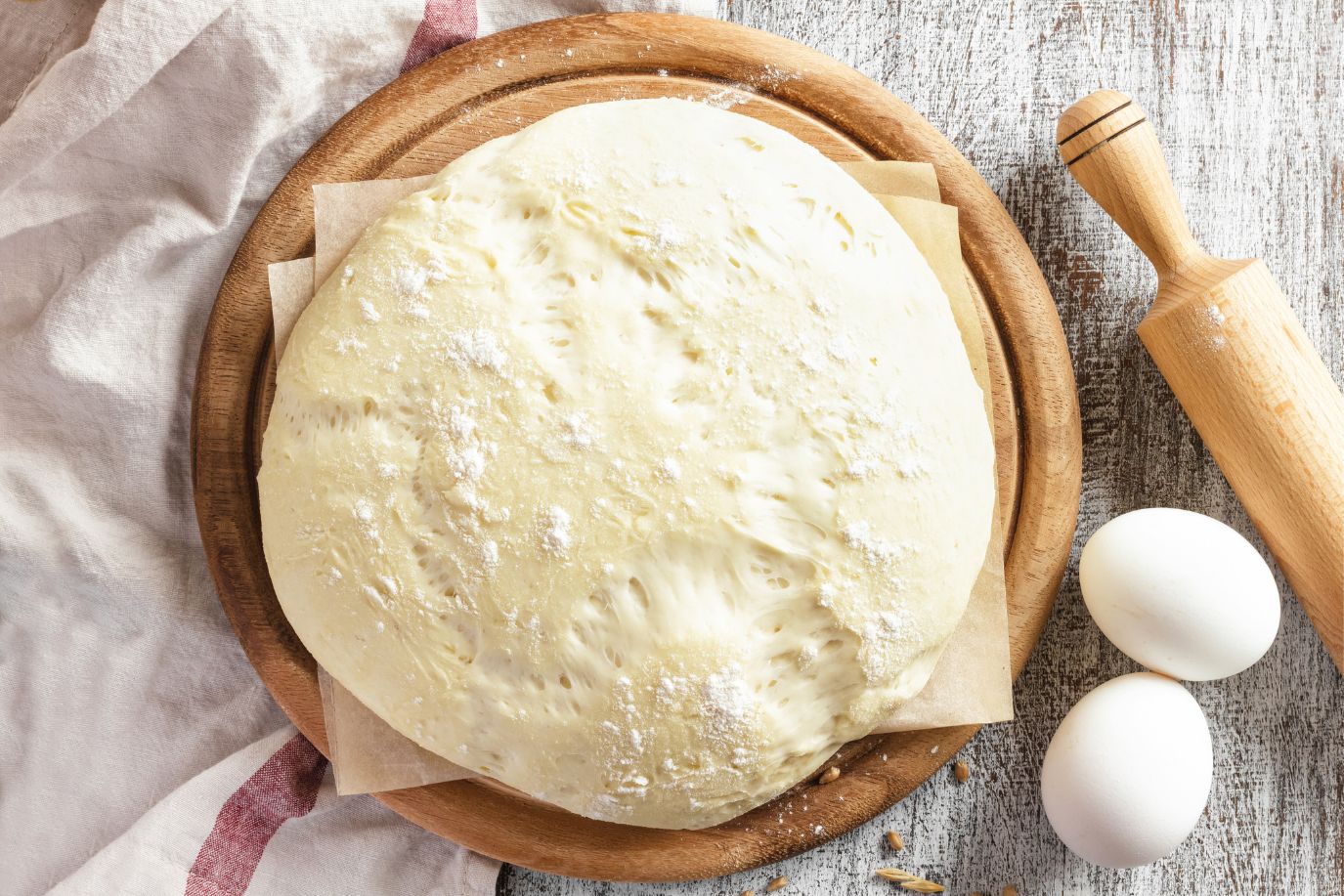
Source: amodernhomestead.com
Before you whisk away into the realm of ancient grains, it’s vital to understand what sets Einkorn apart. Unlike its modern counterparts, Einkorn flour is known for its rich nutritional profile. It’s packed with protein, fiber and a plethora of vitamins and minerals.
But beyond its health benefits, baking with Einkorn flour requires a slight adjustment in how you approach recipes. Its gluten structure is different, which means it absorbs liquids more slowly and has a stickier texture than the flour you might be used to.
When you choose to bake with this flour, you’re tapping into an ancient tradition. Its lower yield compared to modern wheat varieties means Einkorn is often grown in smaller batches and can be harder to find. This scarcity also contributes to its allure, encouraging a sustainable approach to agriculture.
Learning to recognize the texture and aroma of good quality flour is an essential step for any baker looking to fully explore the potential of this ancient grain in their culinary creations.
Mastering the Art of Baking
The key to successful Einkorn baking lies in patience and understanding the flour’s unique traits. Beginning with hydration, it’s crucial to start with less liquid than your recipe calls for, gradually adding until the dough feels just right.
This little dance with this great grain takes a bit of getting used to, but it opens up a world of possibilities. When it comes to kneading, remember that less is more to prevent overworking the dough. The reward? A delighted palette with the unique, nutty flavor and tender crumb that Einkorn brings to your baked goods.
Tips for Unbeatable Baked Goods
Becoming proficient with this ancient grain doesn’t stop at following recipes. It’s about getting creative and learning from each baking venture. For a start, remember that these doughs are typically more hydrated, so if you’re making adjustments to conventional recipes, increase the liquid content slowly.
Also, invest in good quality baking tools that handle sticky doughs well. Lastly, don’t be afraid to experiment. The unique flavors and textures that this ancient flour brings can elevate a simple cookie or pie crust to something spectacular. Baking with Einkorn flour is not just a culinary endeavor; it’s a journey through history, bringing the tastes of ancient civilizations into our modern kitchens.
With these tips, tricks and recipes in hand, you’re now ready to embark on your own baking adventure. Embrace the learning curve, and soon, you’ll not only reap the health benefits but also deliver irresistibly delicious baked goods that are bound to impress.

